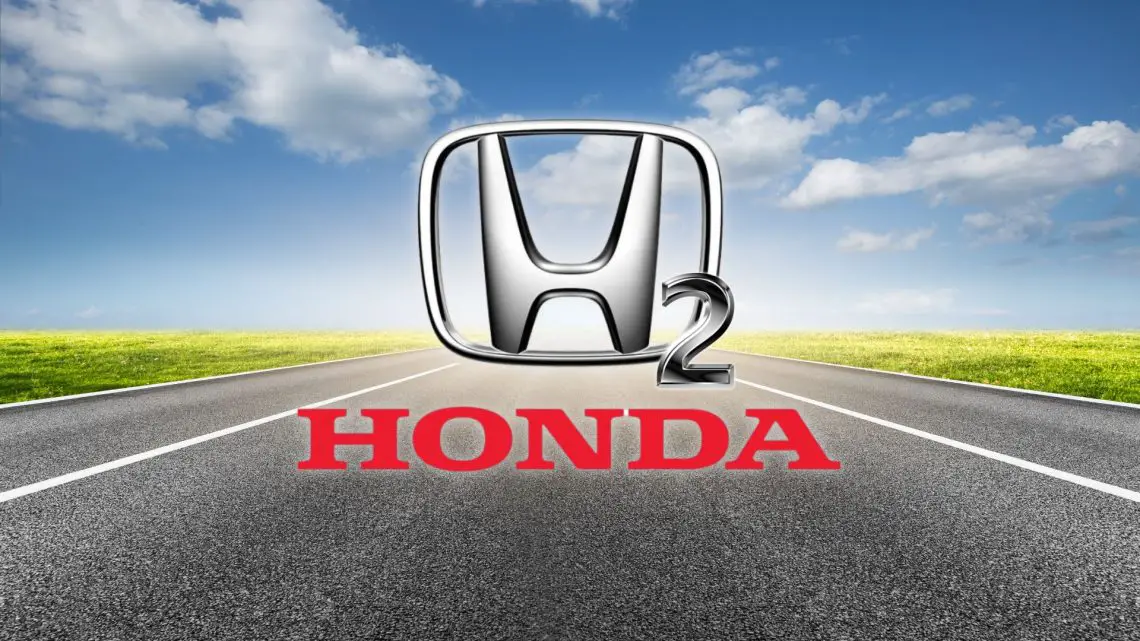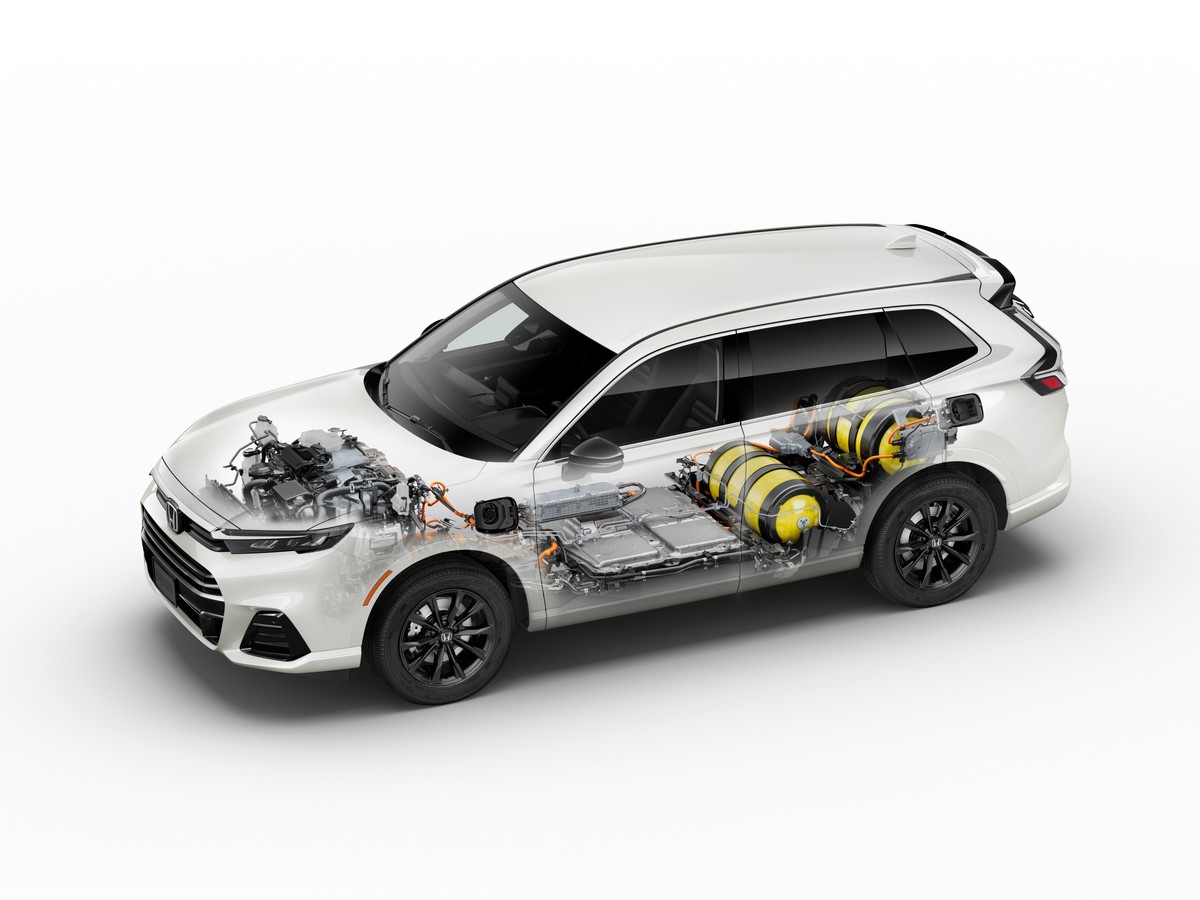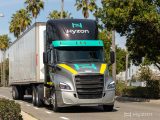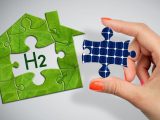
Is Honda Really All-In on Hydrogen?
December 28, 2024Exploring Honda’s Commitment to a Hydrogen-Powered Future
Hydrogen technology is increasingly seen as a crucial element in reducing carbon emissions, and Honda is bringing its long-standing expertise into the spotlight. Building on nearly four decades of research and development, the company is taking bold steps to integrate hydrogen fuel cell systems into their product offerings. David Perzynski, Honda’s fuel cell business manager, recently discussed the company’s vision and progress in an interview with Electrek. From the development of hydrogen-powered vehicles to emerging applications across industries, Honda’s initiatives highlight their commitment to a zero-emission future.
Honda’s Hydrogen Technology
“Honda has been researching hydrogen solutions for almost 40 years,” revealed Perzynski. Their efforts began with the Honda FCX, the first certified zero-emission hydrogen fuel cell electric vehicle (FCEV) introduced in 2003. Today, Honda’s technology has evolved significantly, culminating in the new CR-V e:FCEV. Set apart as America’s first hydrogen plug-in hybrid, “This vehicle demonstrates the flexibility and potential of a combined hydrogen fuel cell and battery system,” explained Perzynski.

2025 Honda CR-V eFCEV – Image Source: Honda
The CR-V e:FCEV utilizes a hydrogen fuel cell stack to generate electricity by combining compressed hydrogen with oxygen. This chemical reaction powers the vehicle while emitting only water vapor. According to Perzynski, “With a 270-mile EPA-estimated range and fast refueling at hydrogen stations, this provides the convenience and reliability people need.” The model also has enhanced flexibility thanks to its plug-in battery system, which allows for limited pure electric driving.
Honda has designed the fuel cell system with a dual hydrogen tank configuration, enabling quick refueling and high energy density. Perzynski emphasized that these features make FCEVs particularly well-suited for longer commutes and trips where standard EV battery ranges may fall short. “Our goal is not only zero local emissions but scalable solutions for more challenging energy needs,” he added.
Honda Hydrogen Car – Twice as Tough, Two-Thirds the Cost – Honda’s Next-Gen Fuel Cell Unveiled
One of Honda’s latest accomplishments involves bringing hydrogen technology closer to manufacturing reality. The CR-V e:FCEV recently entered production at Honda’s Performance Manufacturing Center (PMC) in Ohio—a milestone for hydrogen-powered mobility in the U.S. Perzynski highlighted how the versatile plant, which formerly produced the Acura NSX, reflects Honda’s ability to adapt its facilities to new, clean-energy technologies.
The fuel cell powering the CR-V e:FCEV was developed in collaboration with General Motors and manufactured in Michigan. “This system is not only twice as durable as previous generations, but we’ve managed to cut production costs by two-thirds,” Perzynski noted. Beyond passenger vehicles, Honda is extending its hydrogen applications to areas like heavy-duty trucks, stationary power generators, and even construction machinery.
The Class 8 hydrogen-powered semi-truck prototype showcased at CES 2023 is another example of Honda’s forward-thinking approach. While Honda does not intend to enter the heavy truck manufacturing space, the prototype serves as a proof of concept for collaboration with existing truck manufacturers. “We’re establishing reliability and safety benchmarks to encourage broader adoption of hydrogen technologies in commercial transportation,” said Perzynski.
Looking ahead, Honda is also expanding its EV production capacity with an “EV Hub” in Ohio. The facility signals their commitment to not only hydrogen but also mass-market electric vehicle manufacturing, aligning with the company’s overarching carbon neutrality goals.
Importance and Timelines – Honda’s 2050 Zero-Emission Vision and the Role of Fuel Cells
The significance of hydrogen fuel cell technology lies in its ability to tackle sectors that pure EVs cannot easily address. Perzynski stressed, “For operations like long-haul trucking and industrial machinery, hydrogen provides the energy density required while keeping emissions in check.” This dual focus allows Honda to target both consumer-level decarbonization and industrial applications.
Honda has outlined ambitious goals to transform its entire product lineup toward zero emissions by 2050. “Achieving 100% EV and FCEV sales by 2040 is just one aspect of this plan,” Perzynski explained. Additional efforts include sustainable manufacturing processes, a focus on recycling, and green energy integration throughout the supply chain. “It’s about tackling decarbonization from all angles, not just vehicle electrification,” he added.
Electrek’s interview with Perzynski also hints at potential future developments. While details remain sparse, there is anticipation surrounding Honda’s plans to showcase updates on their Class 8 hydrogen-powered truck at the CES 2025 event. The extent of what will be revealed remains unknown, leaving room for speculation on how Honda’s hydrogen technologies might evolve.
The Dual Role of Hydrogen and EVs in Solving Carbon Challenges
Honda’s approach to hydrogen technology highlights both their engineering expertise and their commitment to addressing real-world energy challenges. From consumer applications like the CR-V e:FCEV to industrial solutions, these advancements illustrate how hydrogen can complement battery-electric systems in decarbonizing difficult sectors.
For consumers, adopting vehicles like the CR-V e:FCEV provides an opportunity to reduce reliance on fossil fuels, especially in states like California with robust hydrogen refueling networks. For industries, Honda’s collaboration on hydrogen technologies unlocks pathways for sustainable logistics and operations.
Yet, significant investments in hydrogen infrastructure—such as expanding refueling stations and scaling renewable hydrogen production—remain critical for broader adoption. By combining technological innovation with infrastructure growth, society can begin to utilize these advances to meet carbon neutrality goals well before 2050. The roadmap is clear; the question is how quickly we can move from innovation to action.



 With over 15 years of reporting hydrogen news, we are your premier source for the latest updates and insights in hydrogen and renewable energy.
With over 15 years of reporting hydrogen news, we are your premier source for the latest updates and insights in hydrogen and renewable energy.